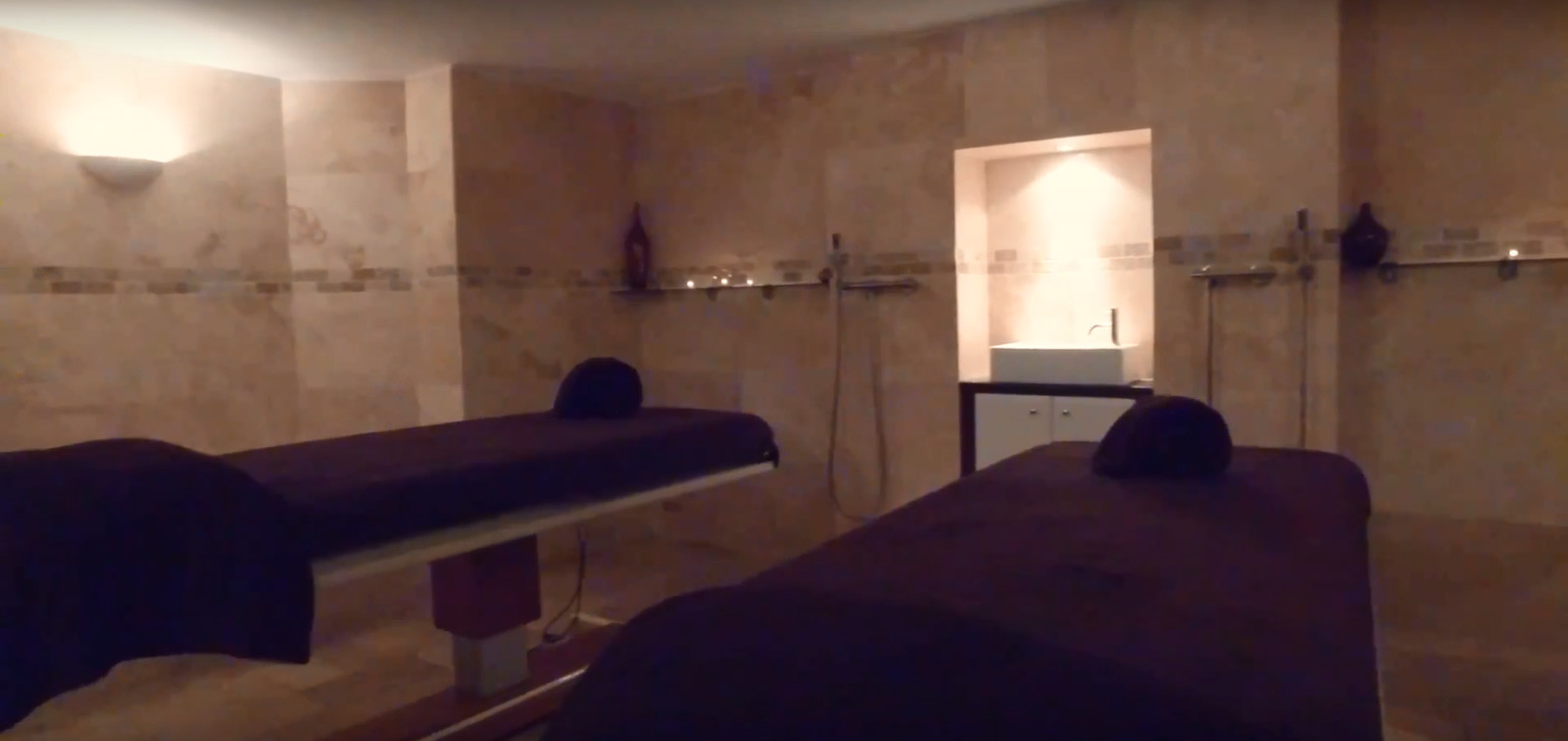
15 May Basement Spa Issues & Things to Look Out For
After a long day at work, it would be great to come home to a relaxing in home basement spa to get some serious relaxation in. But relaxation is hard when the spa turns into a burden for you and your family. The disadvantages of a basement spa can be a major deterrent and should be considered before doing a project of this magnitude.
Table of Contents
Extra Plumbing Costs
Installing a spa does not have to be expensive, but in basements, the plumbing costs can be as much as the equipment for the spa. The drains for the basement are under concrete or in a crawlspace where many plumbers do not like to work. These jobs are difficult for the plumbers and so they charge a premium for their time and labor costing significantly more than a spa room would be on the first floor.
Poor Ventilation
Basements do not have many windows and the walls are made of block or concrete in modern construction which means there is little if any, air movement. The lack of air movement in a basement spa will cause mold and mildew issues and could be a major health factor for you and your family. The ventilation systems that should be installed in every basement spa room vary in style, size, and price, based on the air volume of the room.
What Level of Basement Ventilation is Called For?
The answer to this question really depends on what the basement is going to be used for. If it’s only to be used for storage, heating and cooling functionality will probably not be a prime requirement. In this case, air circulation and the means to remove basement humidity is the main concern.
If this is the case, the decision is simplified. What’s called for is ductwork, a few exhaust grills, and at least one, perhaps two exhaust fans. A house dehumidifier may also be called for. Air is exhausted through the roof or on the side of the house.
If basement refinishing is in the cards to convert the basement into a living space, either bedrooms or a basement home theater, a more sophisticated version of indoor climate control is called for. This will incorporate heating and cooling components. The equipment is basically the same air conditioner and furnace set up used in the rest of the home.
When is the Best Time to Install Indoor Climate Control?
The best scenario is one in which the home is in the construction phase. If this is the case, the architect working with the engineer can design the capacity of the ventilation equipment. They’ll use the home’s square footage as a planning parameter and incorporate the basement into the home heating and cooling system along with the rest of the house.
With a home that is currently occupied, it will be necessary to retrofit. First, flexible ductwork or steel ductwork must be installed in the basement. Then it will be necessary to add the required additional heating and cooling units. But this is a good time to ask this question, “How old and energy efficient is the current system?”
If the system is relatively new and has a good SEER rating, it’s probably best to add a dedicated indoor climate control system for the basement. However, if the system is getting a bit long in the tooth, it’s not as energy efficient as it could be.
This presents a golden opportunity to replace all the heating and cooling units with one that will save money every month on energy bills. In some areas, the homeowner can even reap a US federal tax credit.
Mold and Mildew
Basements harbor more moisture to begin with. By installing a spa room, you are increasing an already damp space. This can be a breeding ground for mold and mildew. Asthma, chronic bronchitis, and severe allergies are common symptoms of prolonged mold exposure.
High Maintenance
No one wants high maintenance items in their home, but spas require a lot of cleaning and equipment maintenance. Much of this equipment is specialized so you have to order parts, costing you more money and time downtime where you cannot enjoy your spa.
Insulation and Vapor Barriers
The insulation in a spa area must not only be able to keep the spa warm in the winter months, but also must repel the moisture, which requires a vapor barrier. However, if the walls of the basement are concrete, installing the vapor barrier on these walls can cause vapor lock; a condition where moisture causes from temperature differentials and excess moisture is trapped behind the walls and causes water damage and mold.
For this reason, insulating the foundation walls with closed cell spray foam is the only good choice as the insulation material is its own vapor barrier as well. This option is the most expensive and will add significant dollar costs to your basement spa project.
Basement spas can be a wonderful retreat. If you are starting a project like this, make sure that you follow all of the recommendations of the installation company to avoid any of the above issues.


